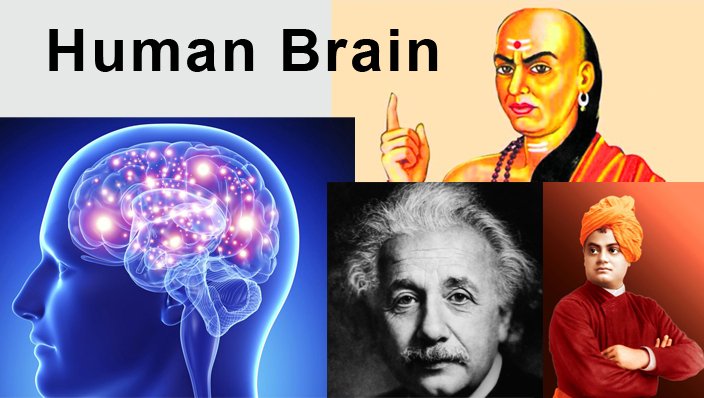Unraveling the Mysteries of Brain Diseases in India: A 2024 Perspective

Introduction:
In 2024, India faces an evolving landscape in the realm of brain diseases, with increasing awareness, research, and challenges in the diagnosis and treatment of various neurological conditions. As the country strives for advancements in healthcare, understanding the current scenario of brain diseases becomes imperative.
- Rise in Neurological Disorders:a. Alzheimer’s Disease and Dementia: With an aging population, the incidence of Alzheimer’s disease and other forms of dementia continues to rise. Efforts are underway to enhance early detection methods and develop effective interventions to alleviate the burden on patients and caregivers.b. Epilepsy: Epilepsy remains a prevalent neurological disorder in India. Advances in anti-epileptic drugs and innovative treatment modalities are contributing to improved management of seizures.c. Stroke: Stroke, a leading cause of disability, is a significant public health concern. Initiatives focus on stroke prevention, timely intervention, and rehabilitation services to reduce the long-term impact on patients.
- Technological Advancements in Diagnosis:a. Neuroimaging Techniques: Cutting-edge technologies, such as functional magnetic resonance imaging (fMRI) and positron emission tomography (PET), are aiding in the early and accurate diagnosis of various brain disorders.b. Biomarker Research: Ongoing research aims to identify reliable biomarkers for different neurological conditions, facilitating quicker and more precise diagnoses, and enabling targeted treatments.
- Precision Medicine in Neurology:a. Genomic Research: The advent of precision medicine has spurred genomic research to unravel the genetic basis of neurological disorders. Tailored treatments based on individual genetic profiles offer new hope for more effective therapies.b. Personalized Therapeutics: Personalized treatment plans, considering genetic, environmental, and lifestyle factors, are becoming increasingly common, promising better outcomes for patients with neurological diseases.
- Challenges in Access to Healthcare:a. Rural Healthcare Disparities: Despite progress, access to specialized neurological care remains a challenge, particularly in rural areas. Efforts are needed to bridge this gap through telemedicine, community outreach, and skill development for healthcare professionals.b. Stigma and Mental Health: The persistent stigma associated with mental health hinders early diagnosis and treatment seeking. Advocacy programs and mental health awareness initiatives are crucial to address this challenge.
- Government Initiatives and Policies:a. National Neurological Disease Surveillance System: The Indian government has launched initiatives to establish a robust surveillance system for neurological diseases, aiming to track prevalence, identify risk factors, and guide public health policies.b. Research Funding: Increased funding for neurological research is supporting projects aimed at understanding the diverse landscape of brain diseases in India, fostering innovation in diagnostics, and developing affordable treatments.
Conclusion:
In 2024, India stands at the intersection of challenges and opportunities in addressing brain diseases. The collaborative efforts of healthcare professionals, researchers, policymakers, and the community are essential to advance our understanding, improve diagnostics, and enhance the overall management of neurological disorders. As the nation continues to invest in healthcare infrastructure and research, there is hope for a brighter future in the fight against brain diseases in India.






